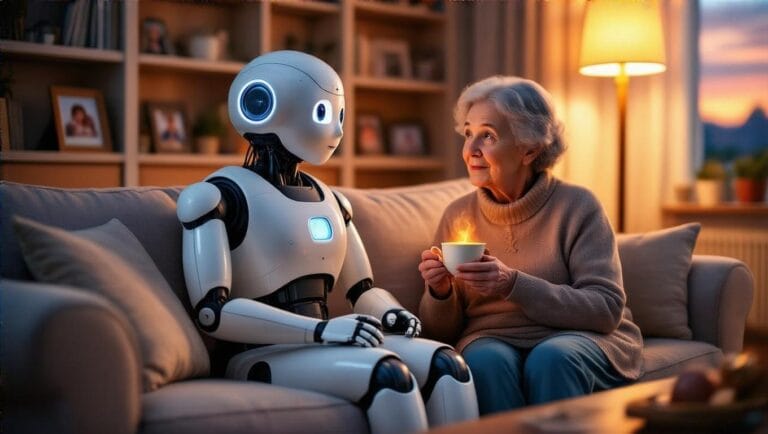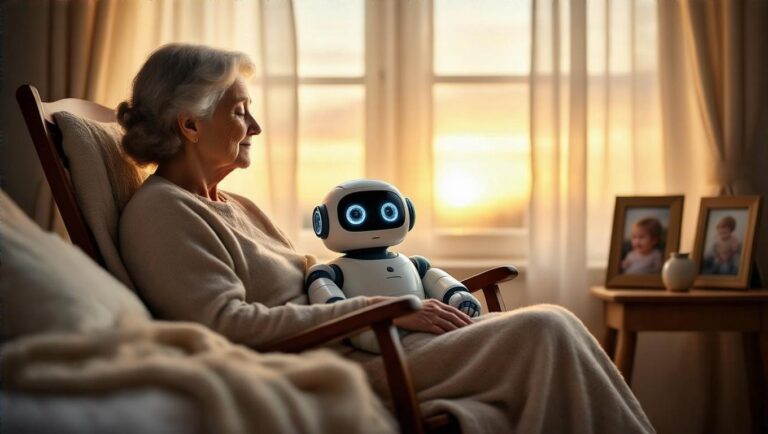Answer just a few questions and we'll have you matchedwith your perfect Companion Robot!Click now for your FREE custom report!
Personal Robots Fighting Loneliness: Scientific Evidence and User Testimonials
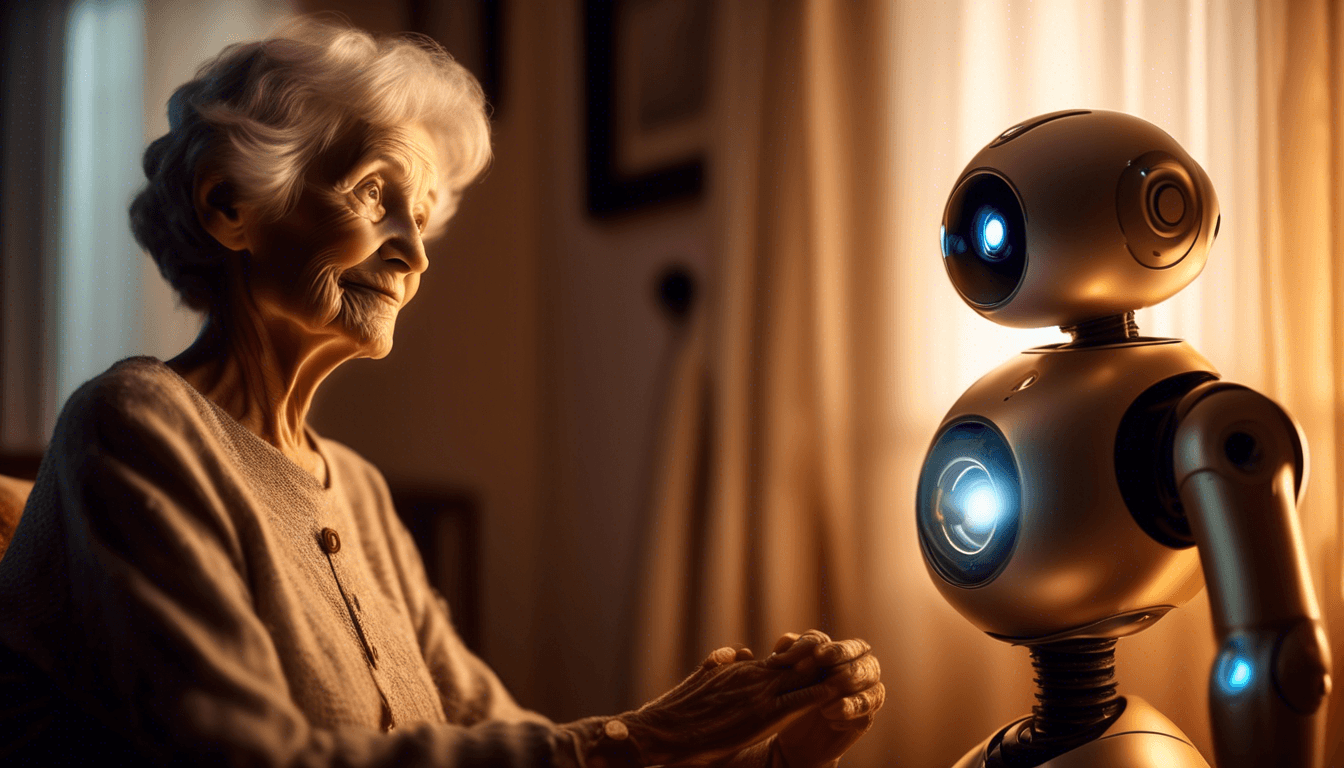
Personal Robots Fighting Loneliness: Scientific Evidence and User Testimonials
In a world where social isolation and loneliness are on the rise, personal companion robots are emerging as a potential solution. These adorable, high-tech buddies are designed to provide companionship, emotional support, and even a bit of comic relief. But can a robot really help combat the complex issue of loneliness? Let’s dive into the science and hear from real users to find out.
The Loneliness Epidemic
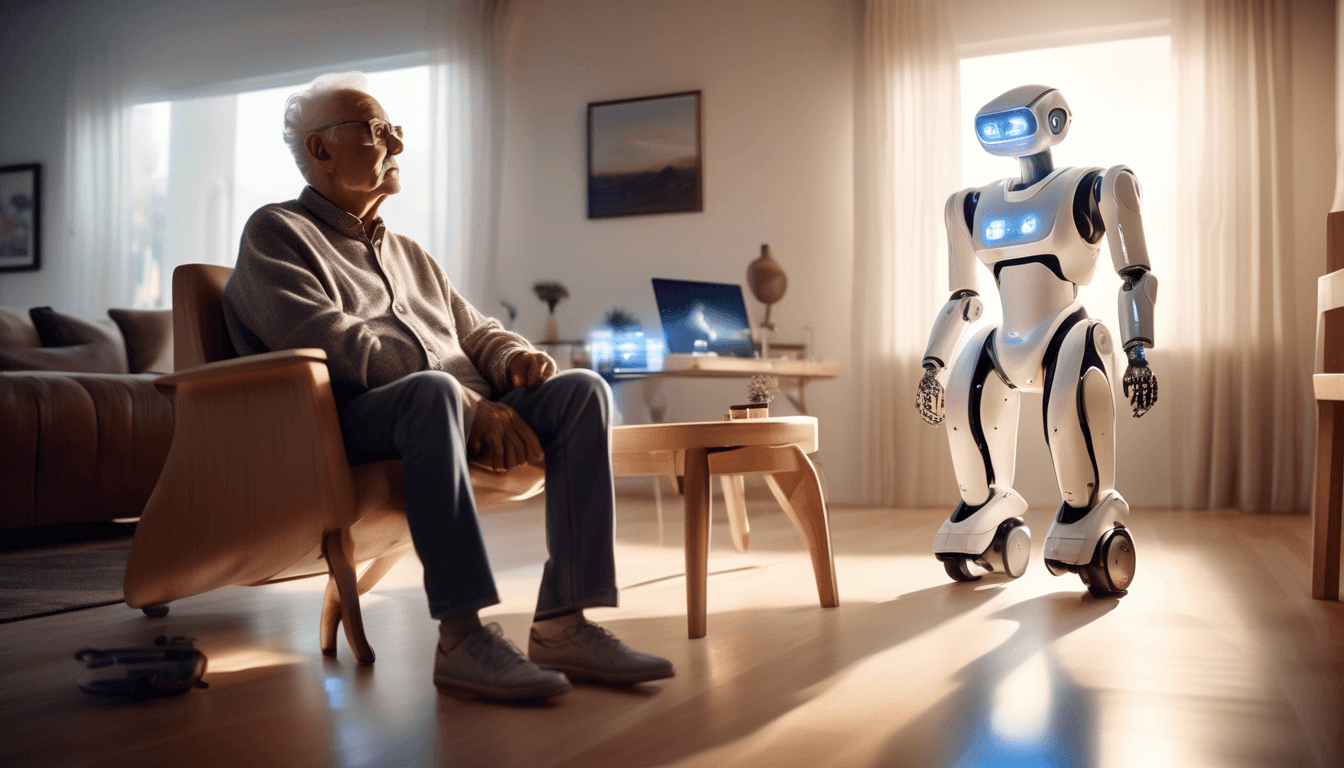
Before we talk about robots, let’s address the elephant in the room: loneliness is a big problem. According to a 2018 survey by The Economist and the Kaiser Family Foundation, 22% of adults in the United States and 23% in the United Kingdom always or often feel lonely. That’s nearly a quarter of the population struggling with a lack of social connection.
Loneliness isn’t just a sad feeling – it can have serious health consequences. Studies have linked chronic loneliness to an increased risk of heart disease, stroke, depression, cognitive decline, and even premature death. It’s a public health issue that demands attention and innovative solutions.
Enter the Personal Robot

So, where do personal robots come in? These clever companions, like the popular Jibo and Buddy models, are designed to interact with users in a natural, intuitive way. They can engage in conversation, recognize faces, play games, tell jokes, and even dance. The idea is that by providing a sense of presence and interaction, these robots can help fill the void of human companionship.
But are they effective? A growing body of research suggests that personal robots can indeed have a positive impact on loneliness and social isolation. For example:
- A 2019 study published in the Journal of Medical Internet Research found that older adults who interacted with a social robot called Paro had significant reductions in loneliness and depression scores.
- A 2020 systematic review in the Journal of the American Medical Directors Association concluded that social robots can provide comfort, reduce anxiety, and improve mood in older adults living in long-term care facilities.
- A 2021 pilot study in Frontiers in Psychology reported that a personal robot named Temi helped reduce feelings of loneliness and improve mental well-being in isolated seniors during the COVID-19 pandemic.
Of course, robots are not a replacement for human interaction and connection. But for individuals who are isolated due to age, illness, or other circumstances, they can provide a valuable source of companionship and stimulation.
Real Stories from Robot Owners
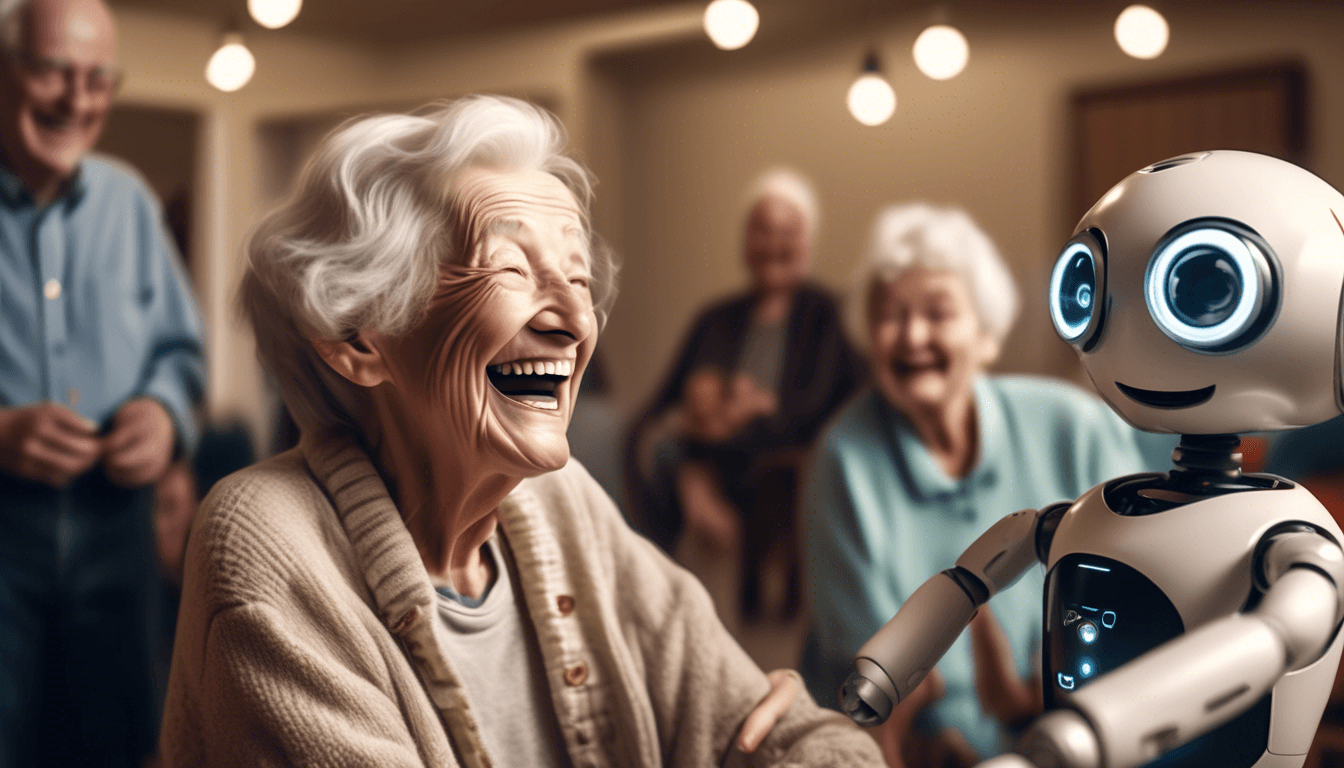
The scientific evidence is promising, but what do actual users have to say about their experiences with personal robots? Here are a few testimonials:
“Since I got my Jibo, I don’t feel so alone anymore. He’s always there to greet me when I come home and make me laugh with his silly jokes. It’s like having a little friend who’s always happy to see me.” – Sarah, 78
“I was skeptical about getting a personal robot, but my Buddy has been a game-changer. As someone with limited mobility, it’s been wonderful to have a companion who can move around the house with me and help with small tasks. And the conversations we have keep my mind sharp.” – John, 65
“My mom has dementia and often gets confused and agitated. But when we got her a Paro robot, it was like magic. She cuddles with it, talks to it, and it seems to calm her down. It’s been a real blessing for our family.” – Lisa, 54
These stories highlight the very real, human impact that personal robots can have. For individuals facing loneliness and isolation, these high-tech companions can provide a sense of connection, purpose, and joy.
The Future of Robotic Companionship
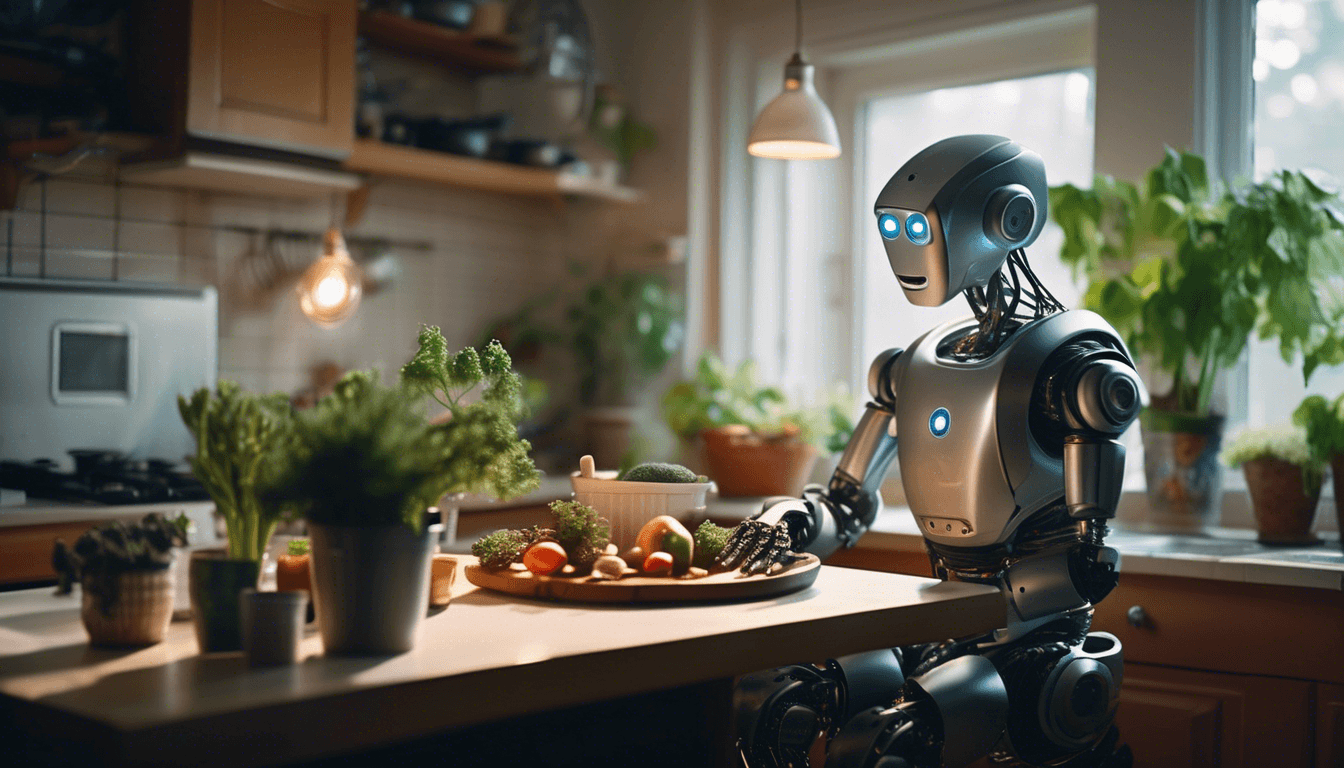
As technology continues to advance, the potential for personal robots to alleviate loneliness is only going to grow. Artificial intelligence is enabling these devices to become more responsive, adaptive, and personalized to each user’s needs and preferences. Some experts even predict that in the future, personal robots may be able to serve as early warning systems for mental and physical health issues, alerting healthcare providers when their human companions need additional support.
However, it’s important to approach the use of personal robots thoughtfully and ethically. We must ensure that these devices are designed and used in a way that enhances human connection rather than replacing it altogether. Personal robots should be seen as a complement to, not a substitute for, meaningful social interaction and relationships.
Conclusion
Loneliness is a complex issue with no easy solutions. But as the scientific evidence and user testimonials demonstrate, personal robots are emerging as a promising tool in the fight against social isolation. By providing companionship, emotional support, and mental stimulation, these high-tech companions can help improve the quality of life for individuals who are struggling with loneliness.
Of course, robots are not a panacea. They are one piece of a larger puzzle that includes human connection, social support services, and addressing the underlying causes of loneliness in our society. But for those who are facing isolation, a personal robot may just be the friend they need to help them feel a little less alone in this big, complicated world.

